Translation in english available at the bottom
Este es la primera de una seria de fotos dedicadas a cabinas de mandos tomadas a lo largo de mis viajes y presencias en las ferias aéreas o puertas abiertas de bases aéreas.
Empezaremos con Boeing y dentro de los aviones que presento está el Boeing B-17G F-AZDX del Instituto geográfico nacional. Este avión salió de la fábrica Lockheed-Vega de Burbank, California en Diciembre de 1944 y el 1 de marzo, 1945 fue transferido a la base inglesa de la RAF Polebrook siendo asignado al escuadrón 511 del grupo 351 de bombarderos. Debido a los pocos meses que quedaban para la victoria de los aliados, este bombardero participo en solo 6 misiones sobre Alemania, la última siendo el 20 de abril de 1945. Después de la guerra, siguió en Inglaterra siendo transferido al escuadrón 365 del grupo 305 con base en Charleston. En diciembre de 1954, paso al mercado de aviones civiles siendo matriculado como F-BGSP para el IGN. Participo en el rodaje de la película “Memphis Belle” representando por el lado izquierda el B-17F “Mother and Country” 25703 DF-S y el “Pink Lady” 122960 G-DF por el lado derecha. Desde fines de los años 80, es propiedad de Forteresse Toujours Volante Association/ Association Jean Salis.


El Boeing B-29 N91329 es el ex 45-21787, Navy BuNo 84029 “Fertile Myrtle” utilizado entre 1951 y 1956 por la Marina y la NACA (Luego la NASA) como plataforma de lanzamiento del Douglas D-558-II Skyrocket. Participó también en las filmaciones de la película “The last flight of Noah’s Ark” en 1980 y es parte de las colecciones del parque Fantasy of Flight en Florida.




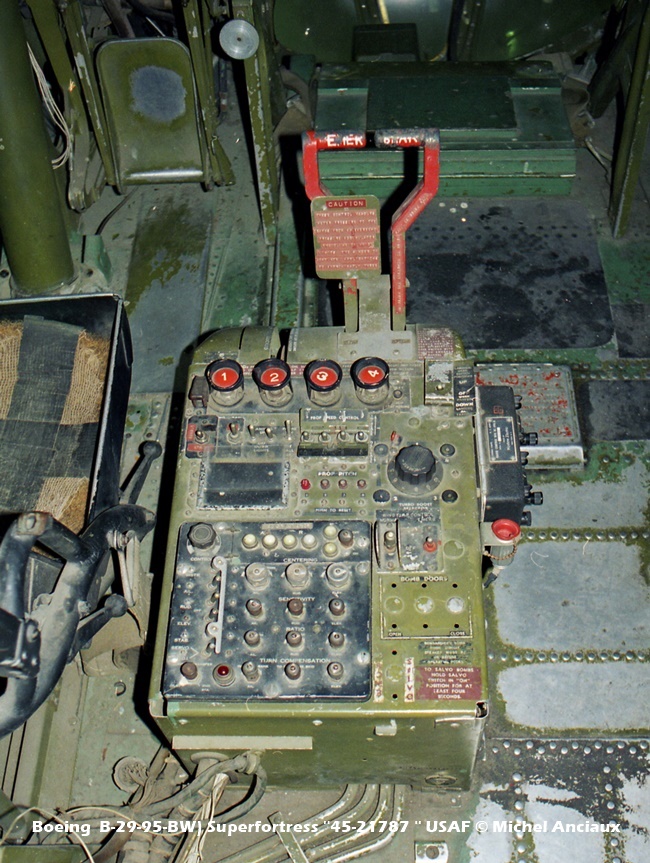
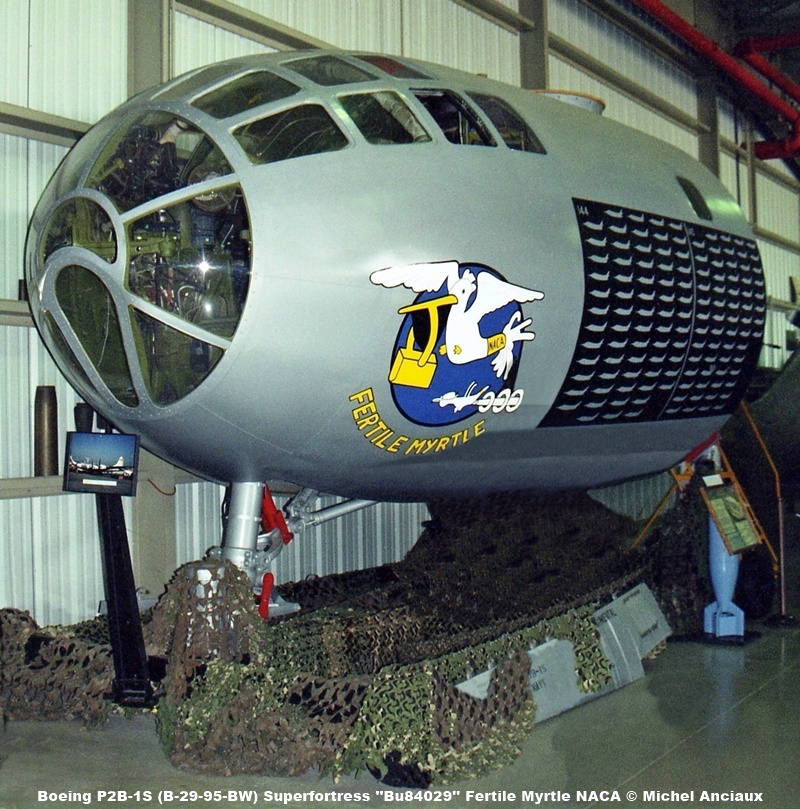
Boeing C-97L Stratofreighter era originalmente un KC-97L tanquero y al ser vendido en el mercado civil fue convertido en avión de carga para una compañía en Alaska.









El Aero Spacelines AS-201 (B-377-SGT) Super Guppy tiene sus origines en el Boeing 377 Stratocruiser y sus versiones militares C-97 Stratofreighter y KC-97 Stratotanker.

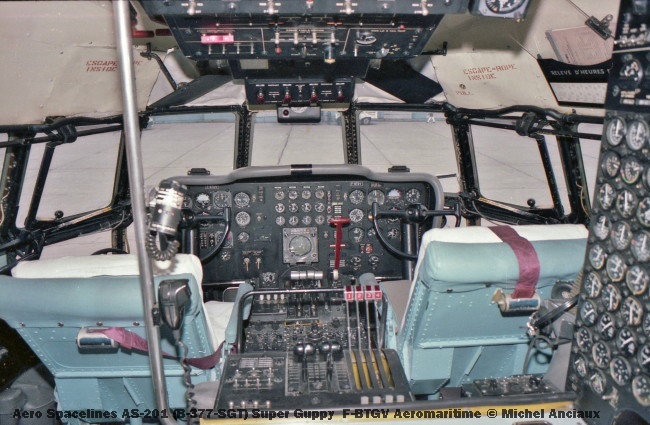
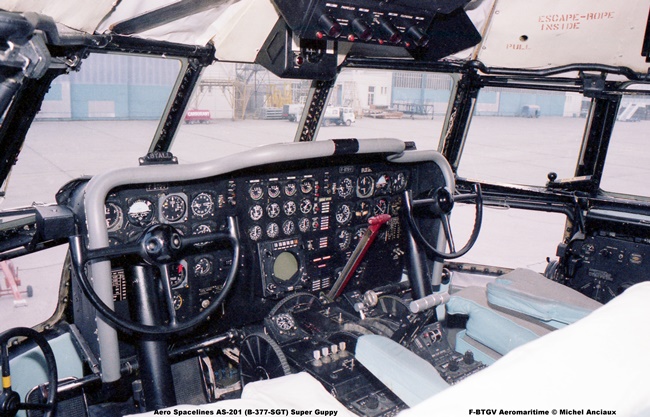
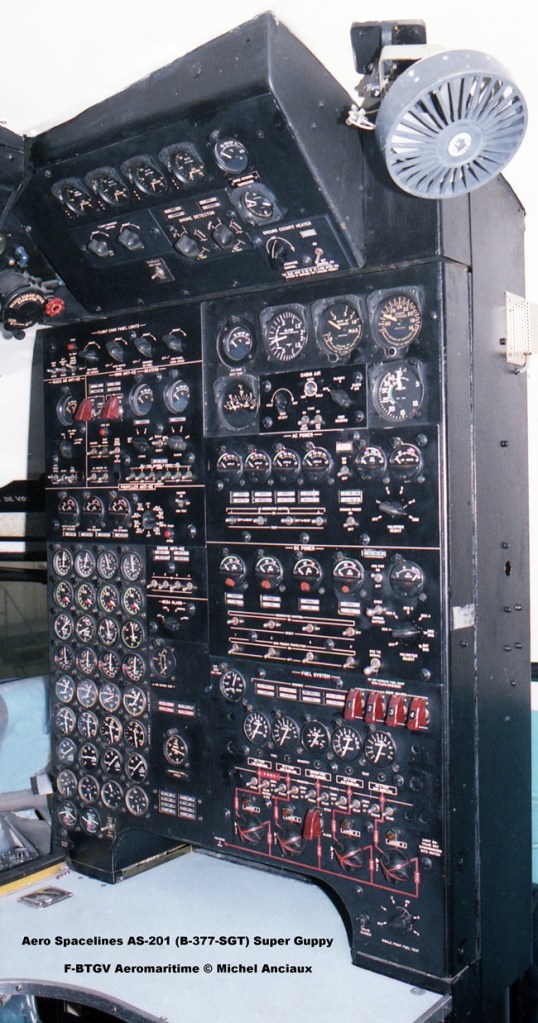

El Boeing KC-135 reemplazo el KC-97, del mismo constructor, como tanquero en la fuerza aérea americana. Esta utilizado también por Francia, Turquía, Singapur y Chile.

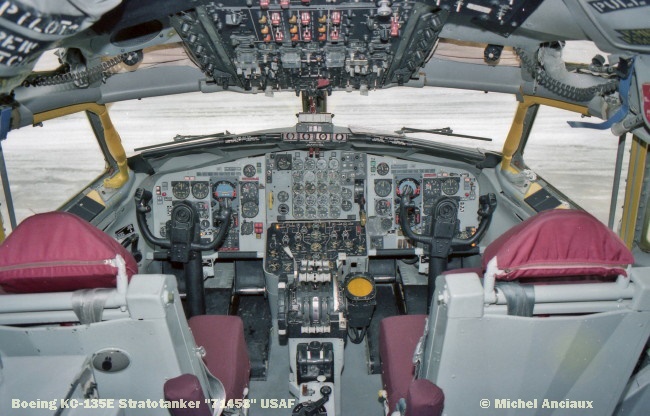






El Boeing KC-135 permitió el desarrollo del Boeing 707/720, diferente en ciertos puntos y la última versión que salió de las líneas de producción fue el Boeing E-3A Sentry de alerta temprana y control aerotransportando.




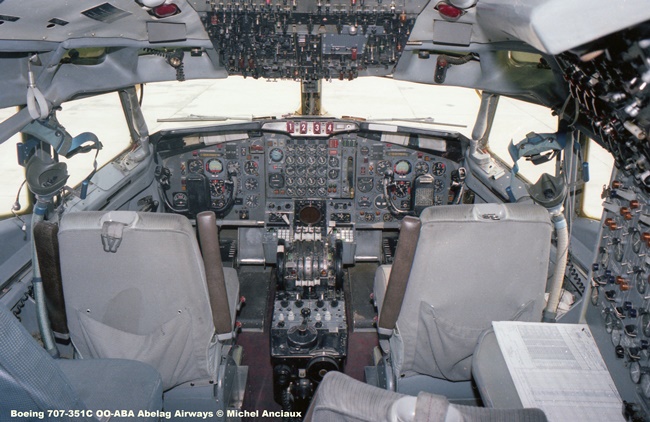
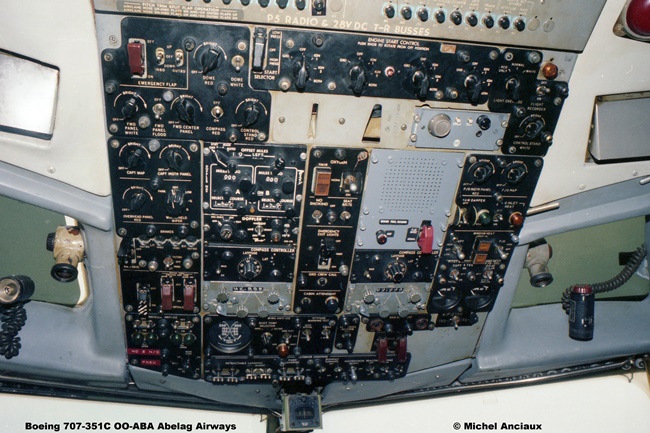
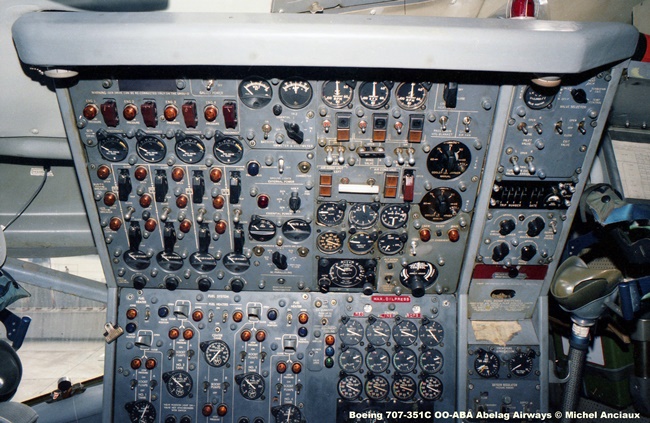





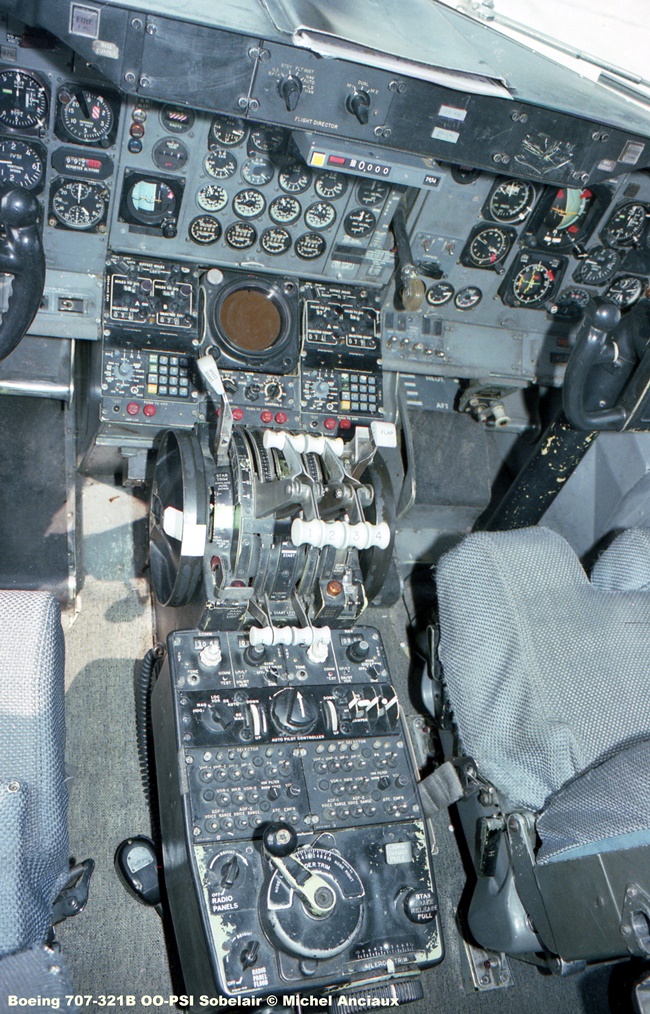




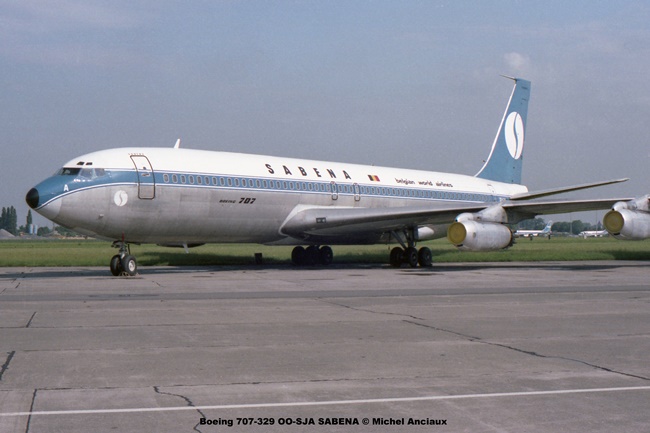
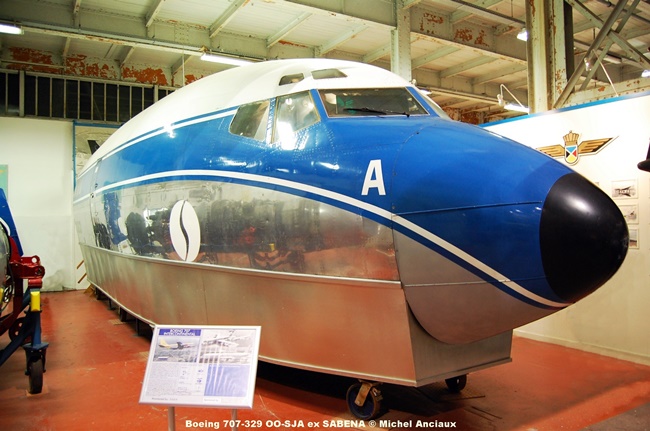

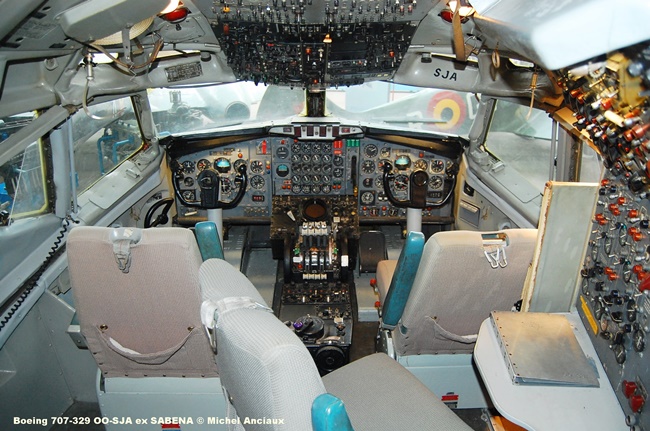





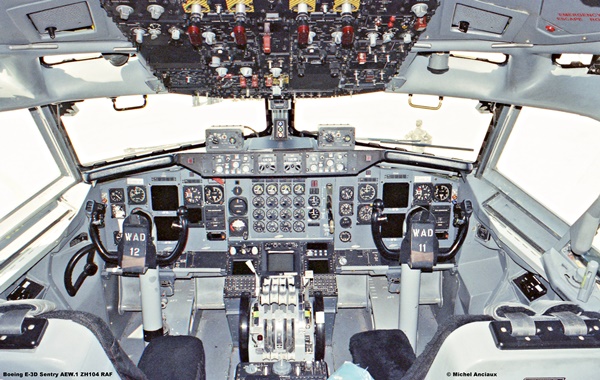

Boeing entró en el mercado de los aviones de corto a medio alcance con el 727, siendo el avión más vendido en la década de los años 90 con 1831 ejemplares de las versiones 100 y 200 de pasajeros, mixta carga/pasajeros o carga.

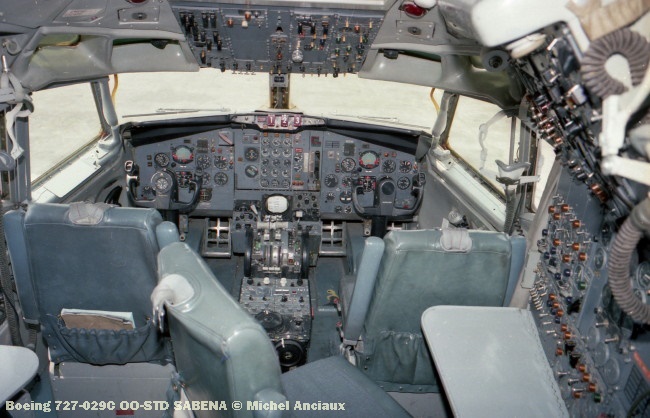


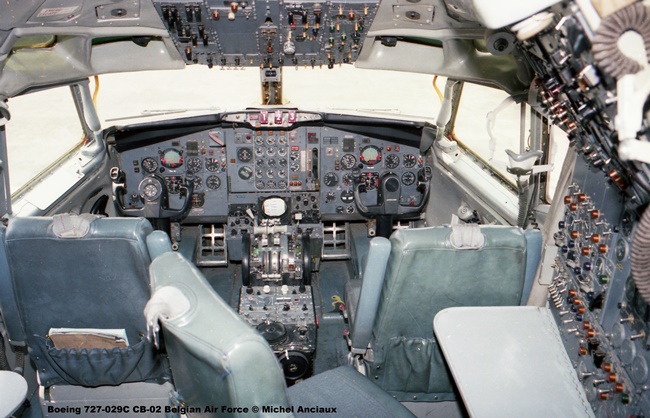






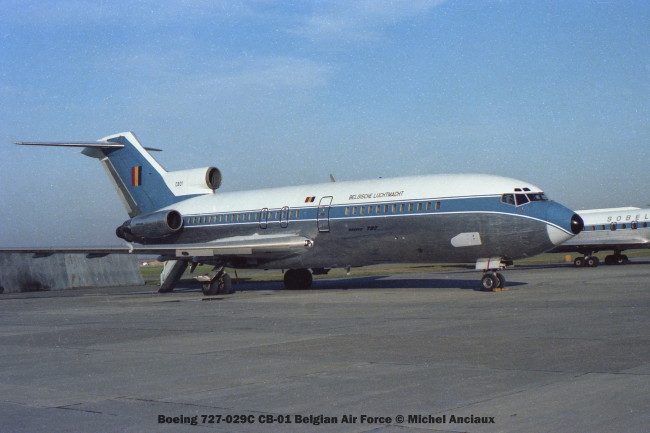

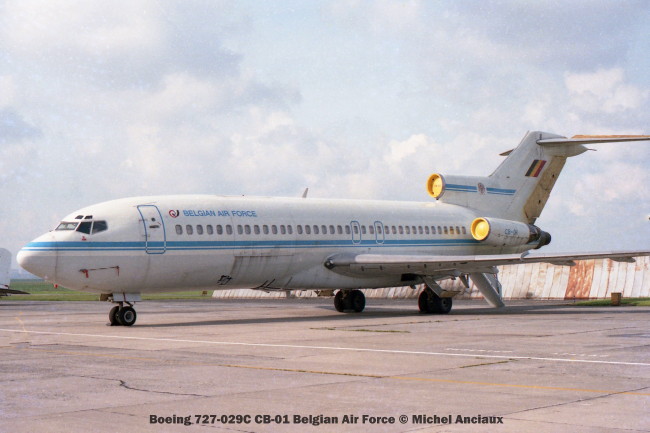
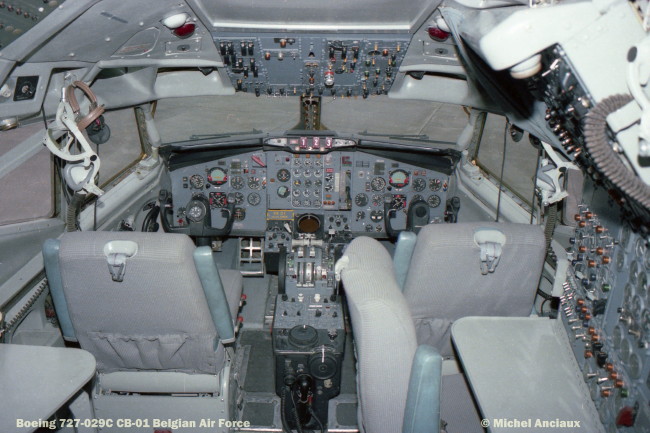
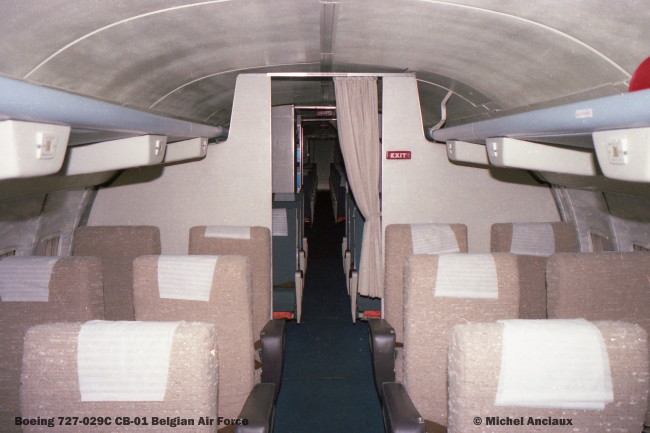
Les invito a una visita de un Boeing 727 en su versión Ejecutiva
Estamos en los años 77-79 y se trata del Boeing 727 operando con la ITT Corporation.
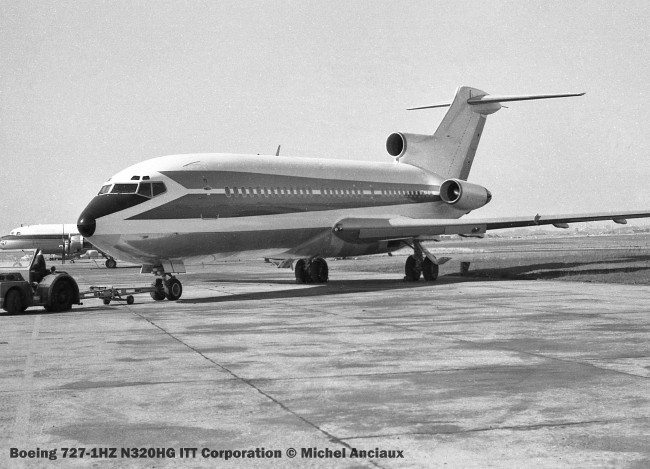

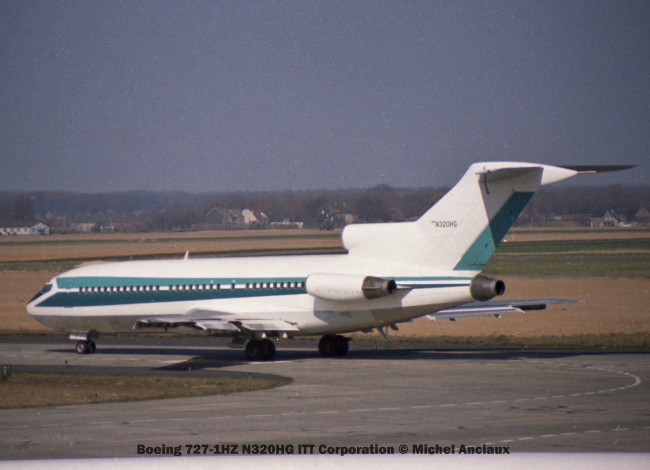
Subimos por atrás gracias a la escalera incorporada y primero tenemos una cabina con capacidad para 20 pasajeros en 5 filas de 2 x 2 asientos.
En el fondo de esta primera sección se puede ver un bar – galley para servicio a bordo.


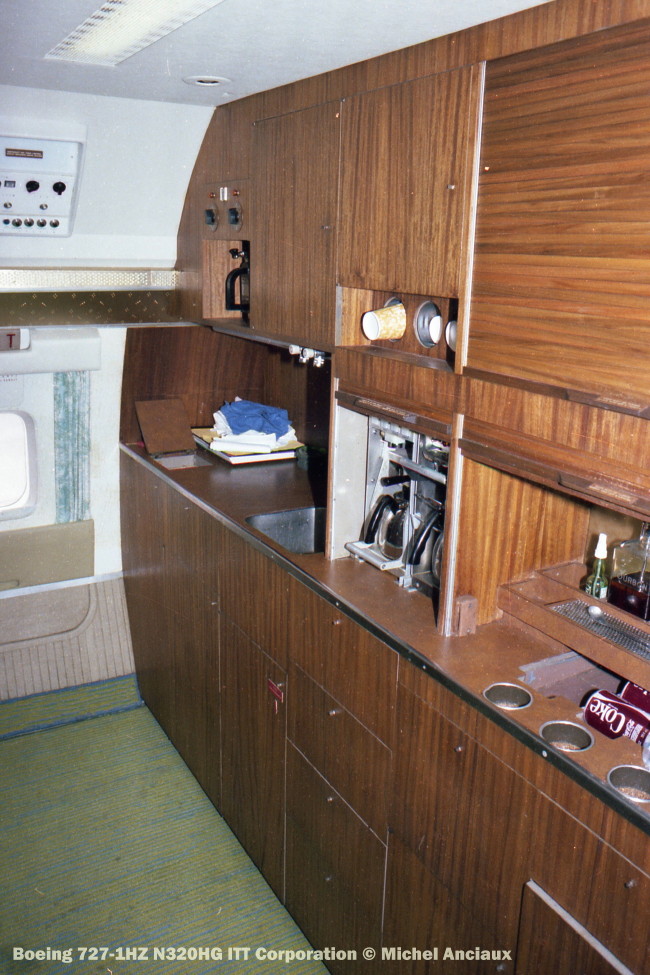
Seguimos por el costado derecho hacia un compartimiento privado que es más una sala de reunión o trabajo, con un escritorio.

Llegamos a la cabina delantera que podría ser considerada como la zona de descanso para la tripulación, si posible, con 5 asientos y 2 sillón-sofá.



En base a las informaciones disponibles en el sitio rzjets.net, N320HG fue el último Boeing 727 de las versiones 100 en ser construido.
Realizó su primer vuelo el 23 de agosto de 1971 y fue entregado a la ITT Corp. El 3 de noviembre del mismo año.
En 1968 apareció su reemplazante el Boeing 737 quien a la fecha de marzo 2017 tenía 13.954 pedidos de los distintos modelos 737-100 al 737 MAX.


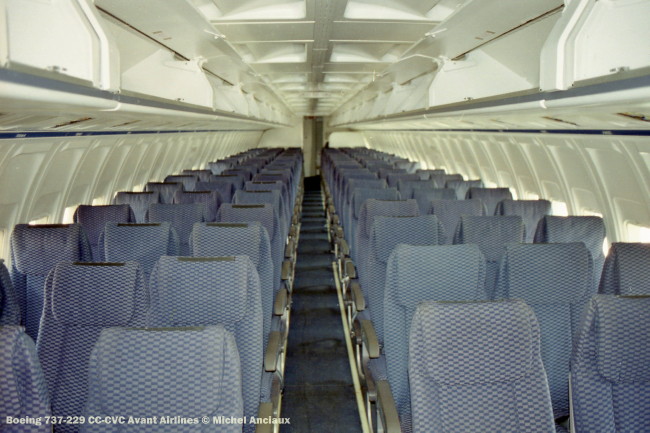
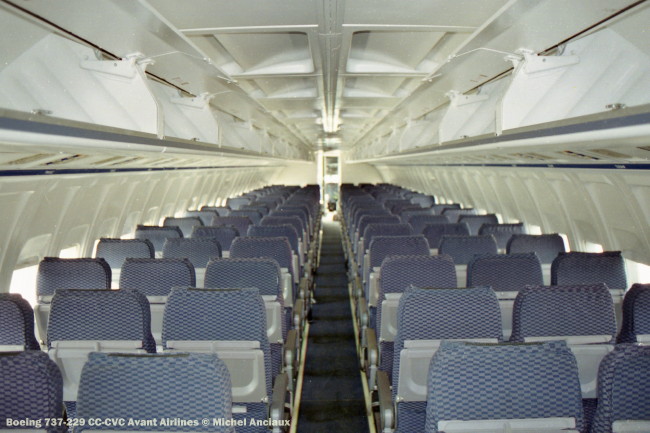



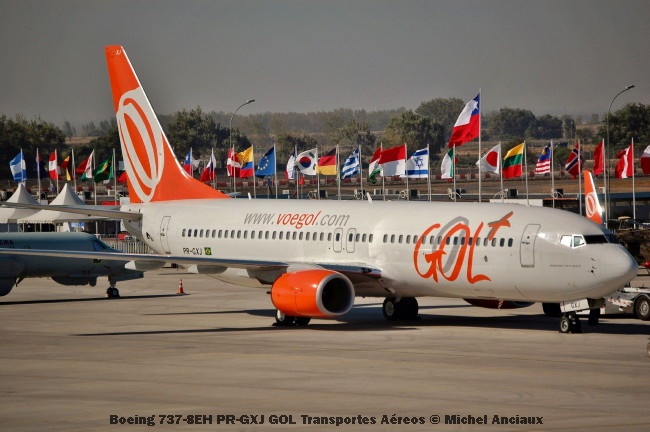



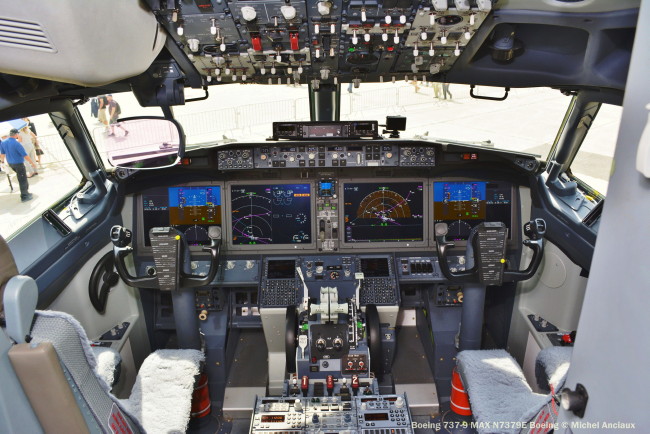


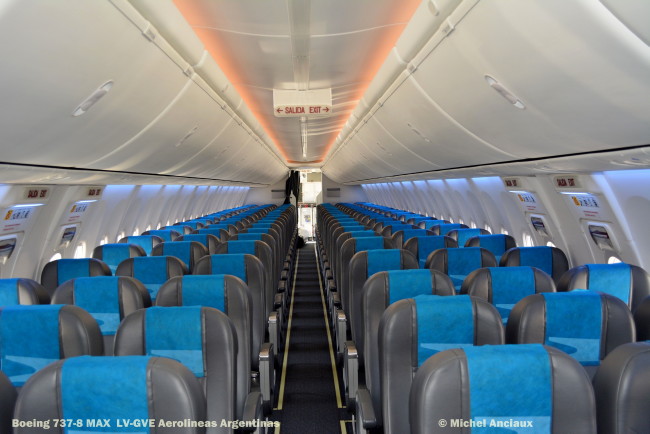
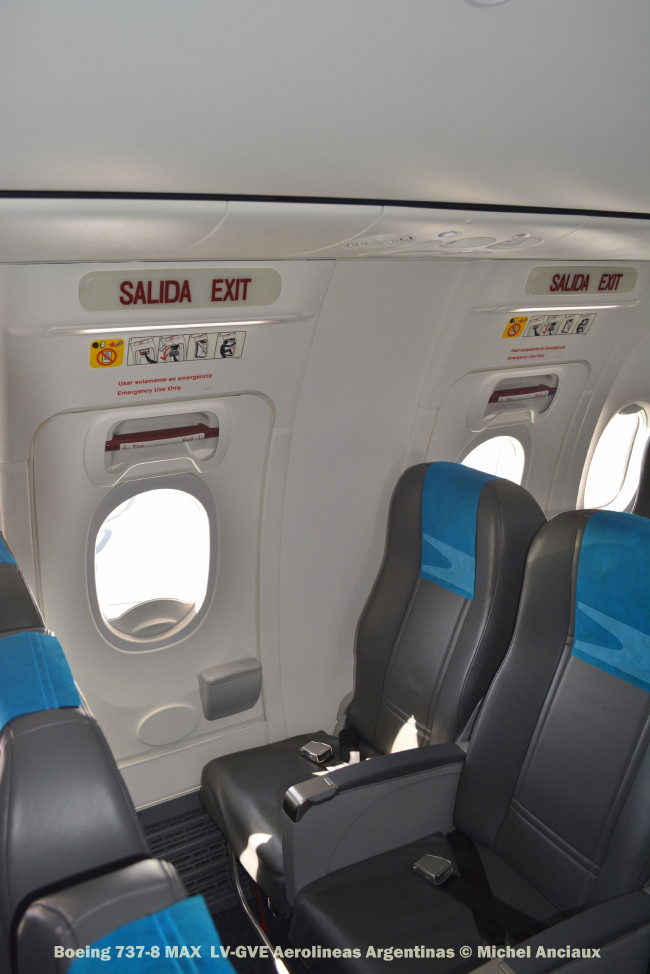
Boeing dominó el mercado de los aviones de largo alcancé cuando apareció en 1969 su modelo 747
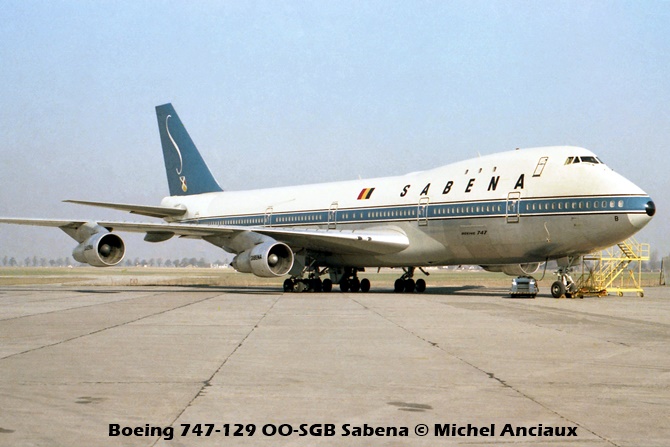
de fuselaje ancho. En base a las cifras de la Boeing entregadas a la fecha del 31 de marzo 2017, 1552 pedidos de las versiones 747-100 al 747-8 han sido entregados o están aún en las líneas de producciones. La línea aérea belga SABENA opero el último 747-300 construido el OO-SGD con n° de seria 24837. Este modelo fue entregado el 25 de septiembre de 1990, volando en los colores de SABENA por 9 años.

El Boeing 747 fue el primero de los llamado wide body o fuselaje ancho en operar a partir de los años 70 pero su característica para estos años era el doble puente acomodando un lounge de primera clase. Esta innovación permitía a las aerolíneas dar su identidad propia en incorporando diseños u obras de artistas nacionales.
Es el caso para la compañía belga SABENA que tenía adornados los lounge de sus 2 747-100 con 2 cuadros del pintor Medard Siegfried Tytgat.
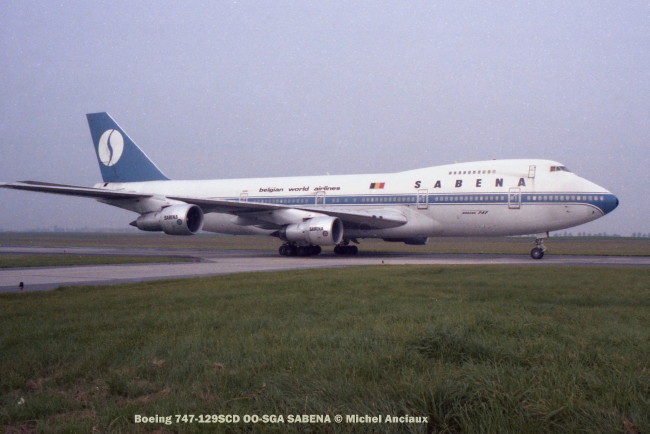

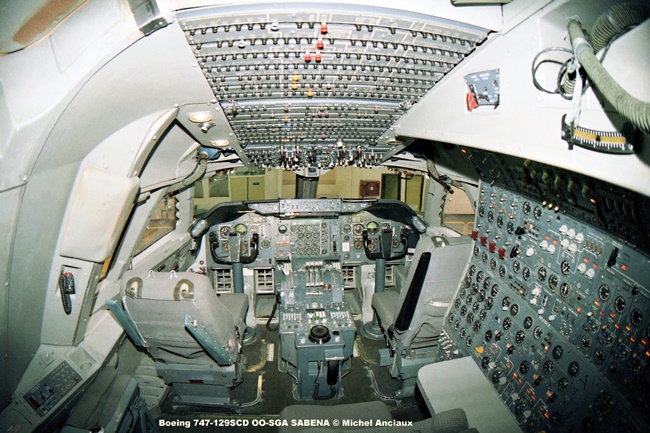

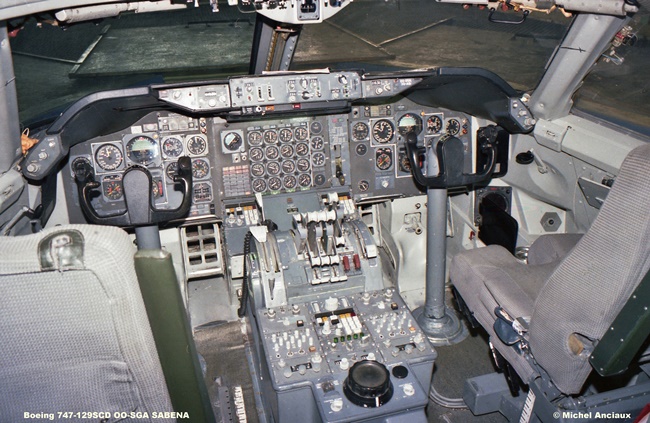



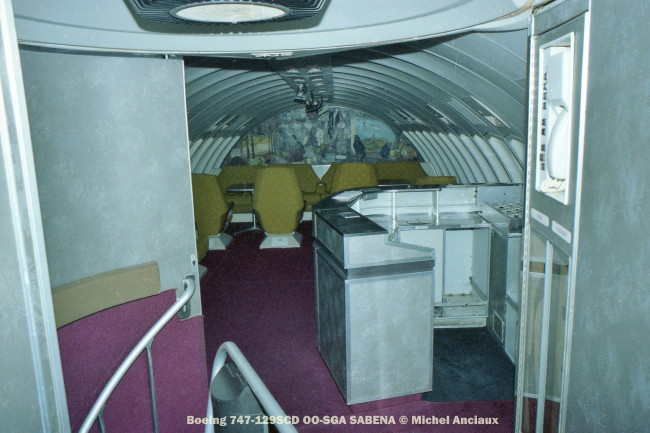
La primera denominada “Naturaleza muerta con gato” estaba en el OO-SGA y la segunda llamada “Naturaleza muerta con palomas” estaba en el SGB.
Ahora, en la empresa misma se las conocieron más por las denominaciones “la estancia flamenca” para el SGA y la “estancia valona” para el SGB por las razones siguientes.
En el cuadro “Naturaleza muerta con gato” o si quieren la estancia flamenca, la vista está sobre el campo de la zona flamenca y el cuadro a la izquierda representa las Ardenas. Sobre uno de los frasco esta la indicación en flamenco “Tobaco”.


Para el segundo cuadro intitulado “Naturaleza muerta con palomas” o la estancia valona, la vista esta hacia una estancia fortaleza de las Ardenas y el cuadro de la izquierda representa el canal de Damme que une la ciudad belga de Brujas con la holandesa Sluis (esclusa, compuerta) permitiendo así el acceso al mar.
Tres de los frascos en las repisas están con las denominaciones francesas moutarde, sel y tabac es decir mostaza, sal y tabaco.


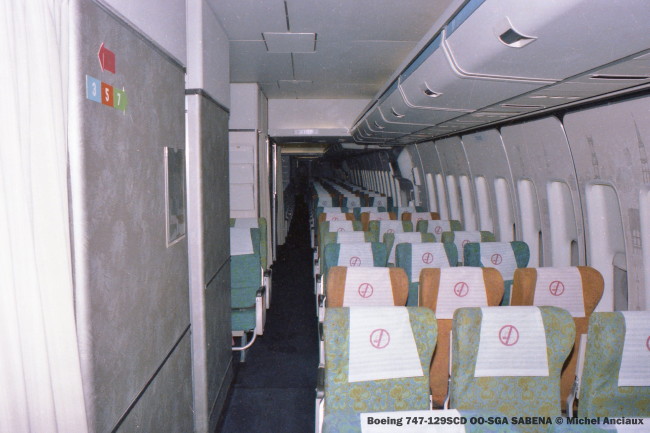

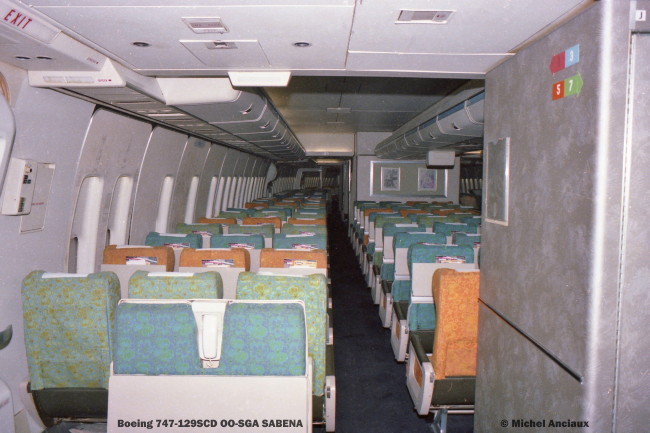
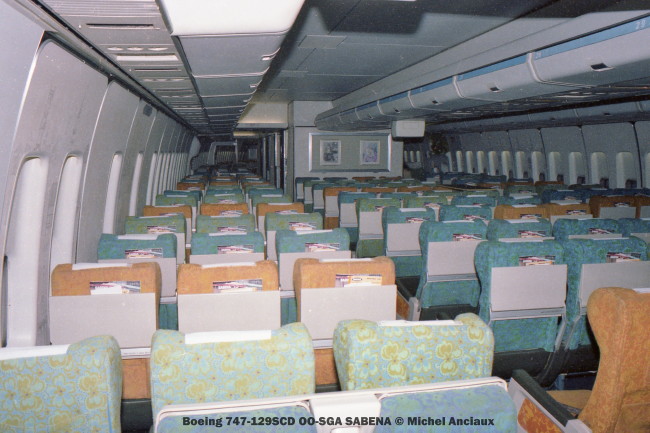

Pero con los años y sobre todo las competencias en el mercado, muchas compañías aéreas se vieron en la obligación de convertir sus lounges en una cabina de 16 pasajeros tal como podemos verlo en el ejemplo del 747SP de la South African Airways.
SABENA arrendó de Air France el F-BPVU que venía con esta conversión.
Tal como lo puede ver en el siguiente artículo:
https://aviationrainbows.com/2017/05/08/algo-mas-que-la-simple-foto-de-un-avion-something-more-than-just-the-picture-of-an-aircraft/
Este avión es hoy en día parte de las colecciones del Museo del Aire y del Espacio en Paris – le Bourget.

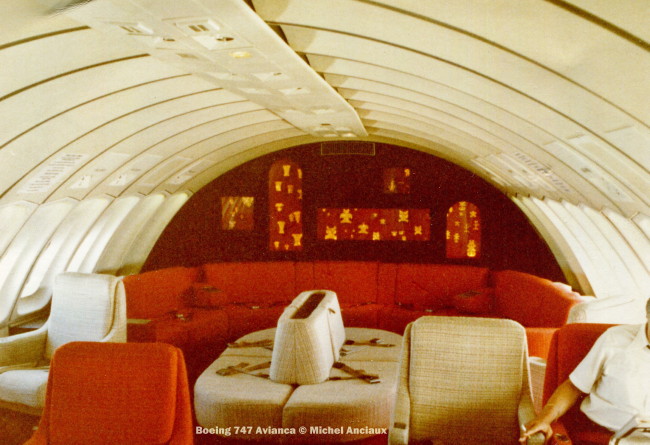
El Boeing 747SP es una versión modificado del 747 destinado a los vuelos de mayor alcance y se distinga por su fuselaje corto. Fue desarrollado en base a un pedido de la Pan American World Airways (Pan Am) e Iran Air que necesitaban un avión capaz de operar las rutas entre Nueva York y el Medio Oriente sin alterar sus capacidades de wide-body (fuselaje ancho), con grandes capacidades de pasajeros.
El proyecto fue revelado a los clientes potenciales a partir de 1974, siendo entregado el primer ejemplar en 1976 a la compañía de lanzamiento Pan American World Airways (Pan Am)
El SP está diseñado con un estabilizado vertical de 20,06 m, a diferencias de los 19,3 m del 747-100/200 con el fin de compensar la desviación lateral debida a la reducción de longitud del fuselaje.
Dependiendo de la configuración de cabina pero también de las compañías aéreas que lo operaron el SPO tenía capacidad para 230 pasajeros en tres clases (primera, ejecutiva y economy), 331 en configuración de 2 clases y hasta 440 asientos en alta densidad con una sola clase.
El prototipo, con matrícula N747SP realizó su primer vuelo de prueba el 4 de julio, 1975 siendo entregado a la Pan American Airways el 26 de abril, 1976 con matrícula N530PA.
Un total de 45 modelos salieron de la fábrica de Boeing entre 1976 y 1982 pero la línea de producción se rehabilitó en 1987, para solo un modelo 747SP-Z5 matriculado A6-ZSN recepcionado el 9 de diciembre, 1989 por el Abu Dhabi Amiri Flight.
A continuación está la lista de los operadores iniciales: Pan Am (10), Iran Air (4), Braniff (3) CAAC (4), China Airlines (4) Korean Air Lines (2), Iraqi Airways (1), Qantas (2), Saudi Arabian Airlines (3), South African Airways (6), Syrianair (2), TWA (3) y Abu Dhabi Amiri Flight (1).
Con los años, la mayoría de estos aviones pasaron a otras líneas Aereas entro otras Aerolineas Argentina, o como aviones ejecutivos y gubernamentales.

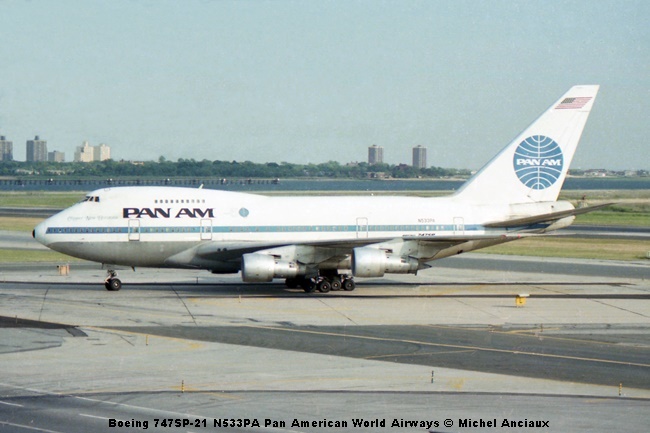





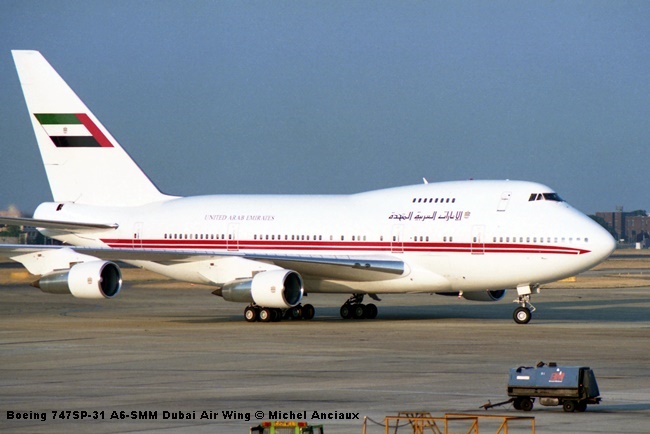


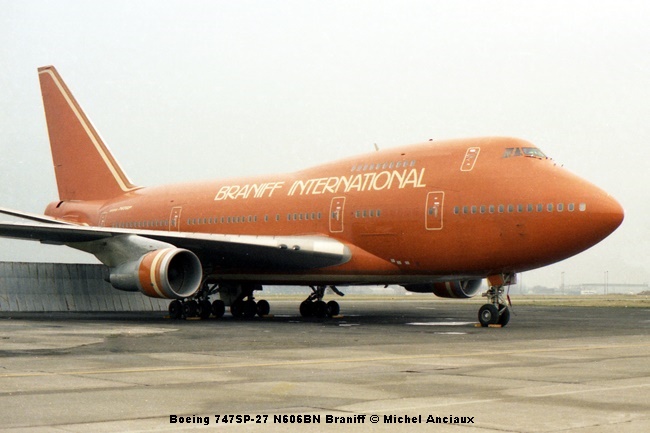



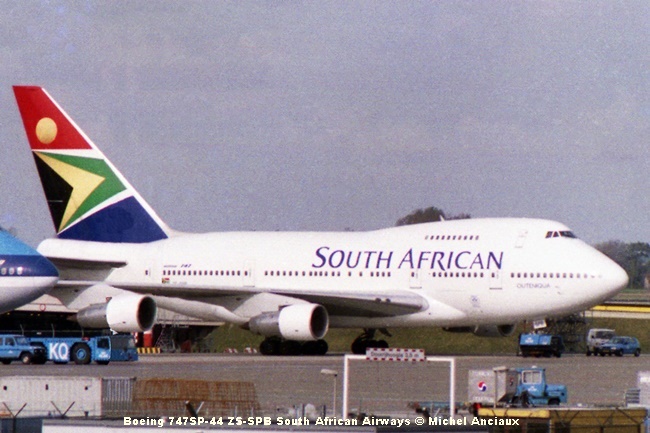
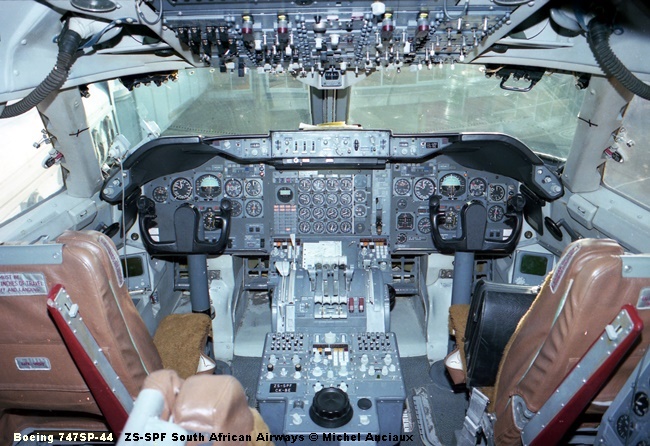



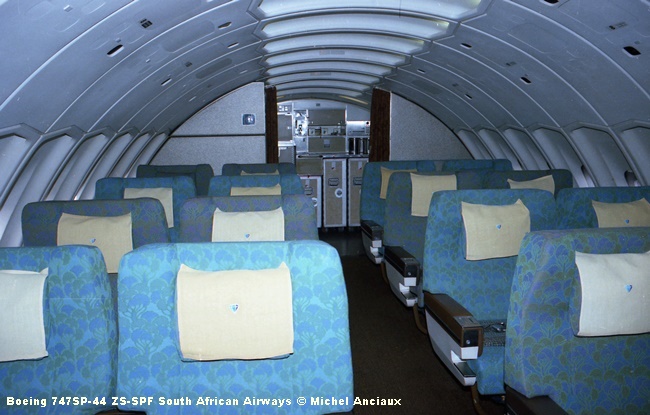


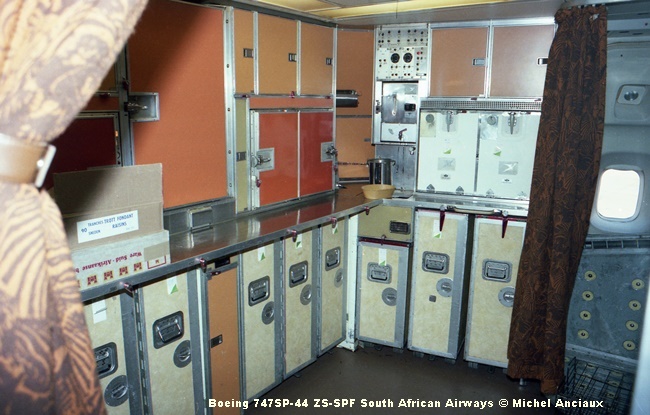


El 19 de febrero de 1985, este 747SP con matrícula N4522V operaba el vuelo 006 de China Airlines desde el aeropuerto internacional Chiang Kai-shek (actual Taoyuan) de la ciudad de Taiwán hacia Los Angeles en los EE.UU llevando 274 personas a bordo (pasajeros y tripulantes) cuando el avión se ladeo hacia la derecho, a consecuencia de una falla del motor 4, y luego iniciando un descenso empinado desde su nivel de crucero de 41 000 pies (12 500 metros) con aceleraciones de hasta unos 5 G. Los pilotos lograron recuperar el avión a unos 9 500 pies (3 000 metros) y aterrizaron de urgencia en el aeropuerto de San Francisco, con 2 pasajeros heridos y daños estructúrale de importancias al avión.




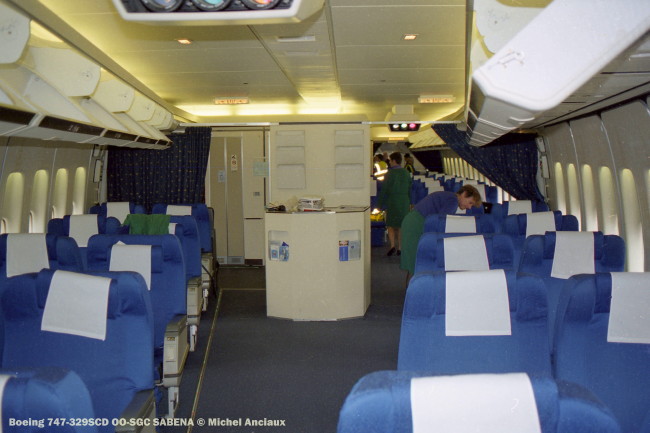
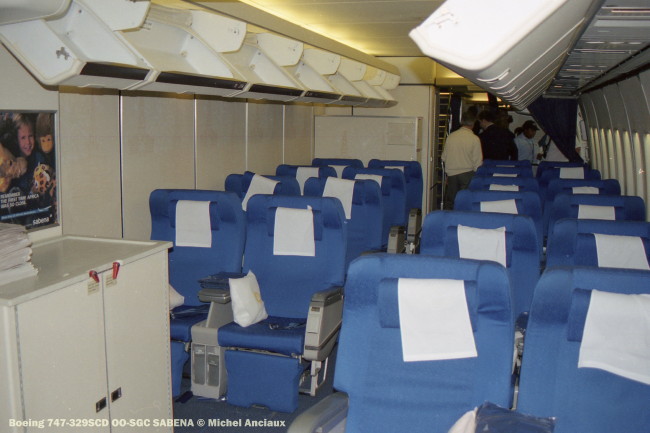
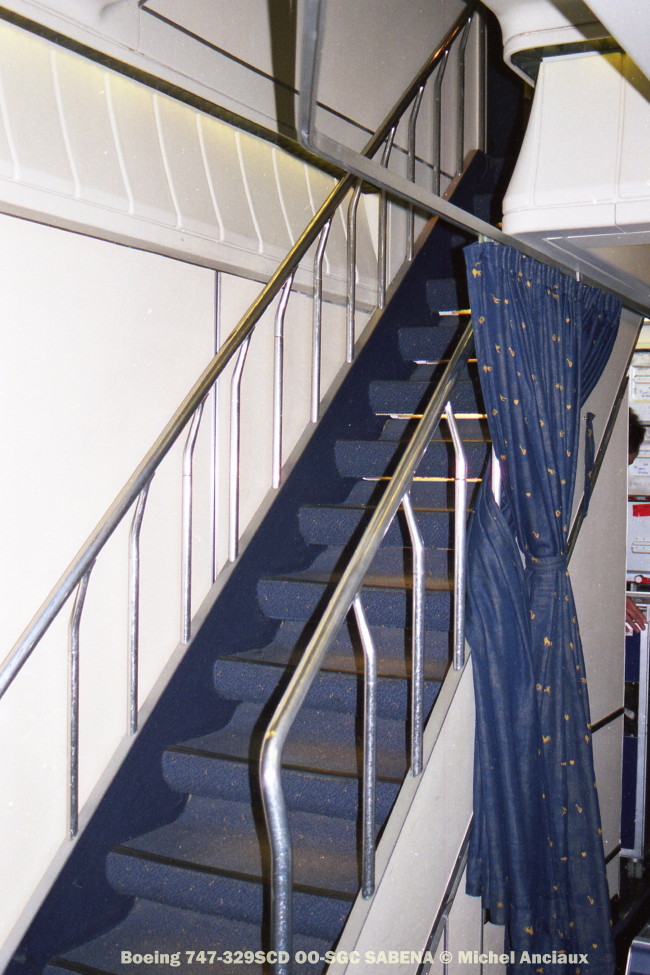
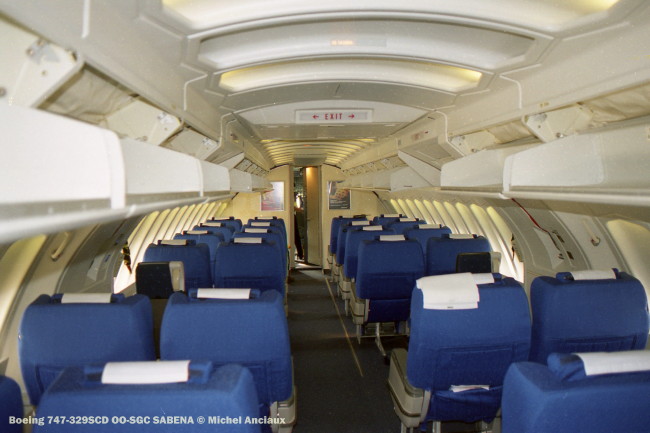




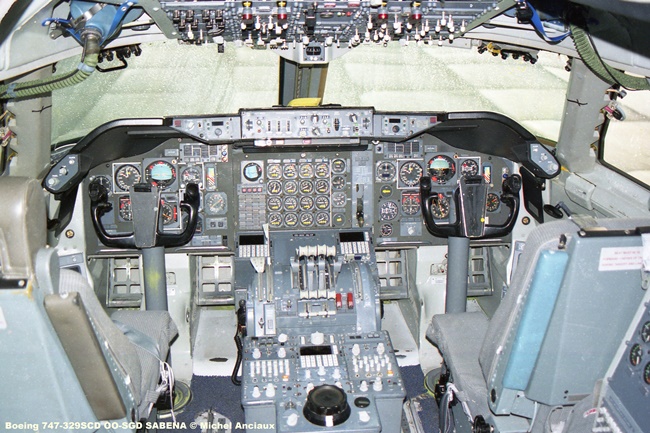




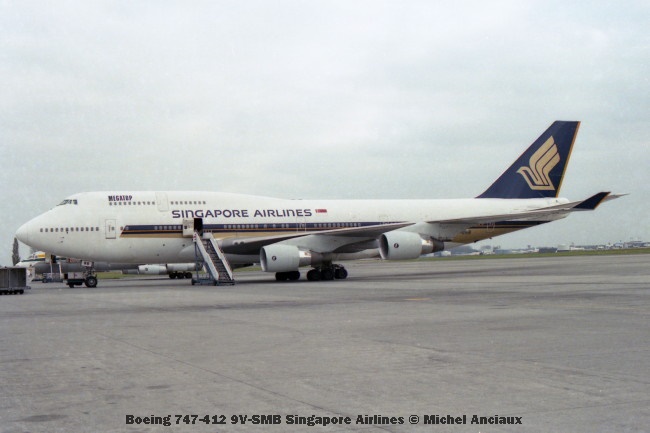

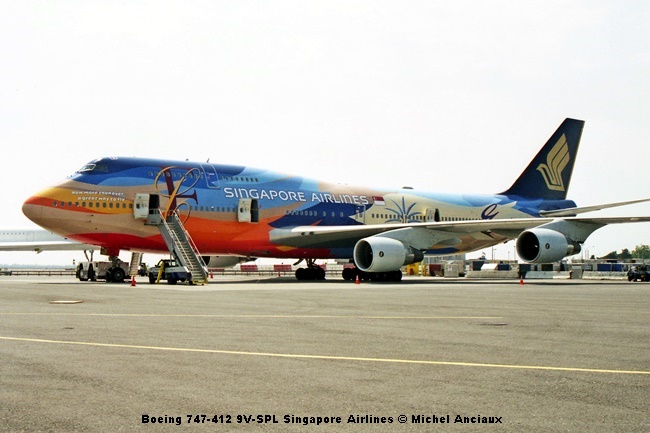



El 757 fue diseñado como reemplazante al 727-200 pero luego de 23 años de producción y 1050 modelos entregados se finalizó su producción, unas de las razones siendo las capacidades del 737 así que la llegada del nuevo 787.
El modelo 767 comparte casi el mismo puesto de mando, permitiendo las mismas calificaciones para los dos modelos pero el 767 es un avión de fuselaje ancho con capacidad para 200 a más de 300 pasajeros. Dentro de los diferentes modelos disponibles están las versiones militares de abastecimiento en el aire así como el 767 AWACS.
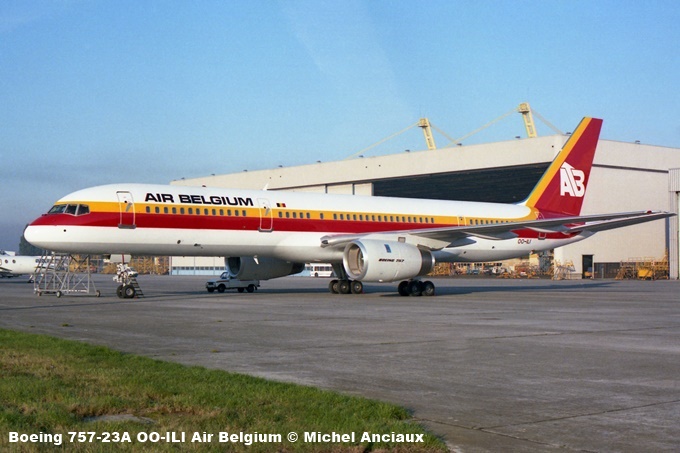

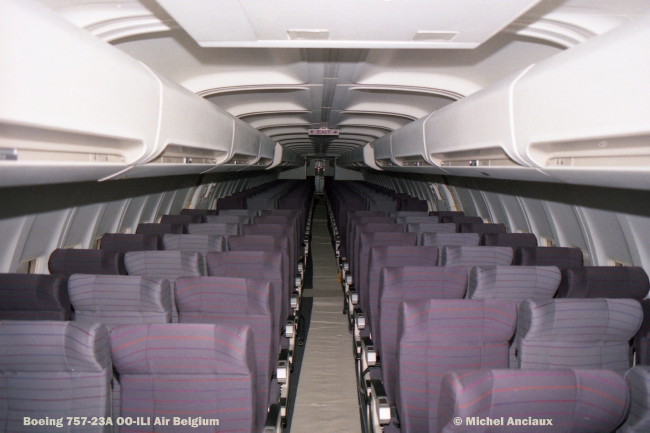


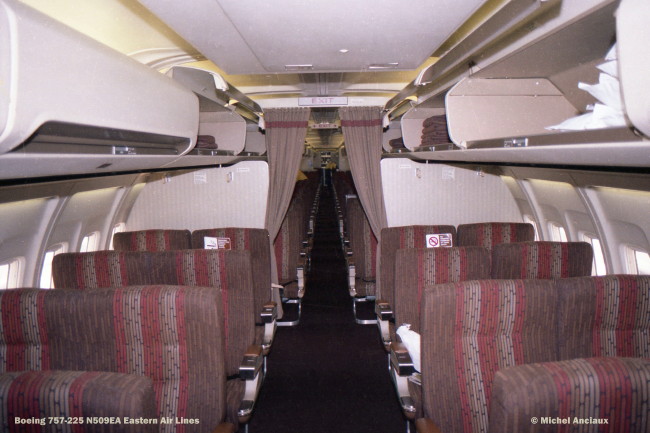
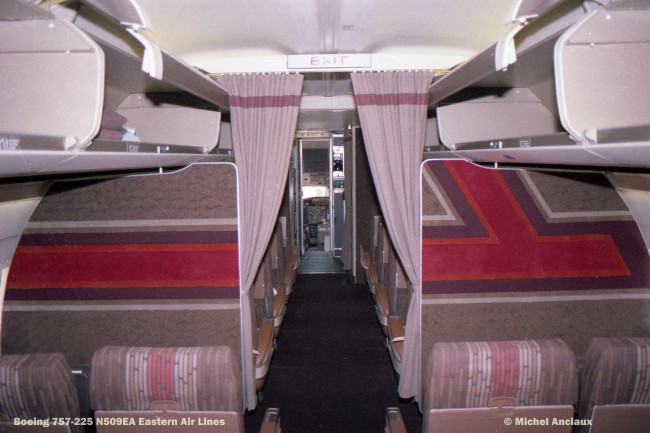

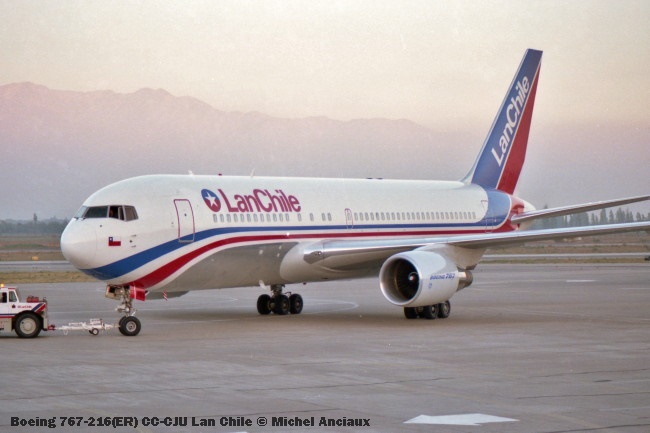

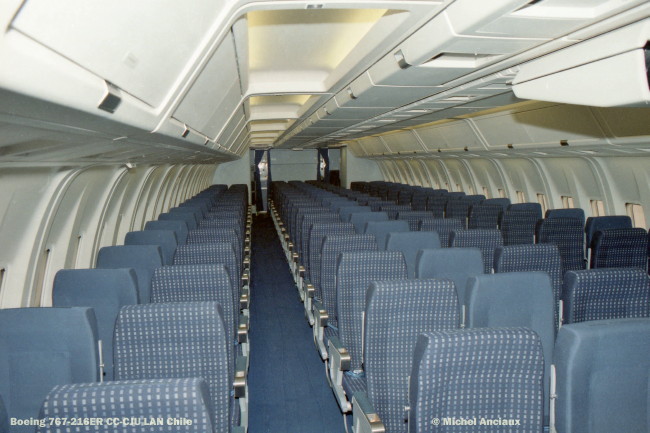
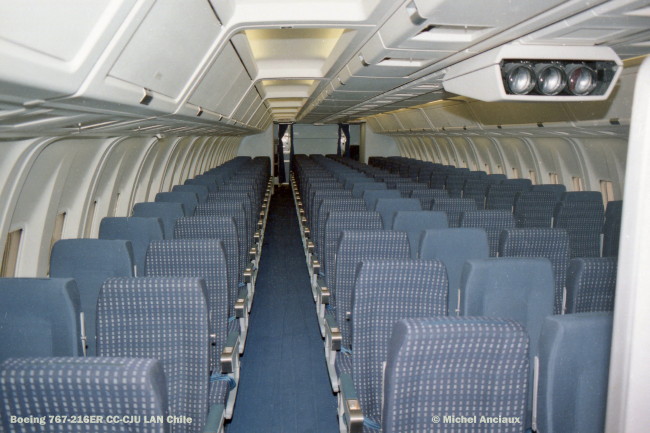
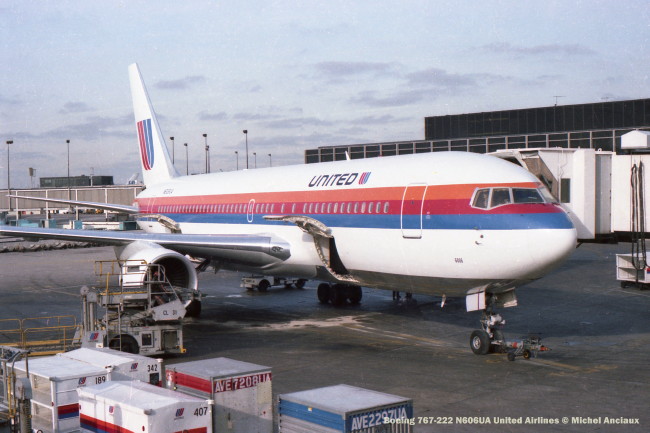
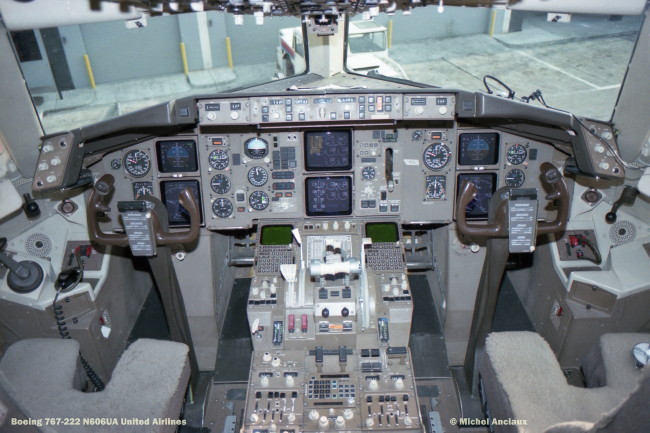



La compañía de lanzamiento United realizo el primer vuelo comercial del Boeing 777 en junio de 1995. Tiene capacidad para 300 a 386 pasajeros y trae innovaciones en su aerodinámica, puesto de mando e interior de cabina de pasajeros es disponible en 6 versiones.




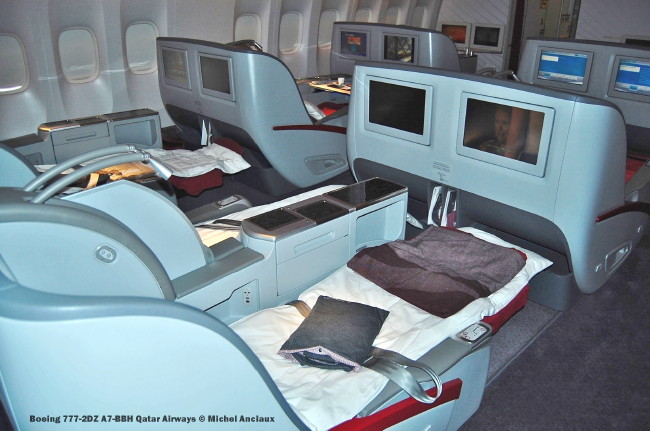


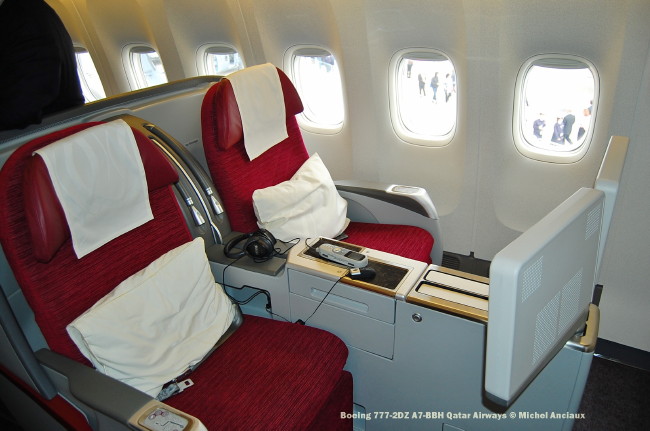


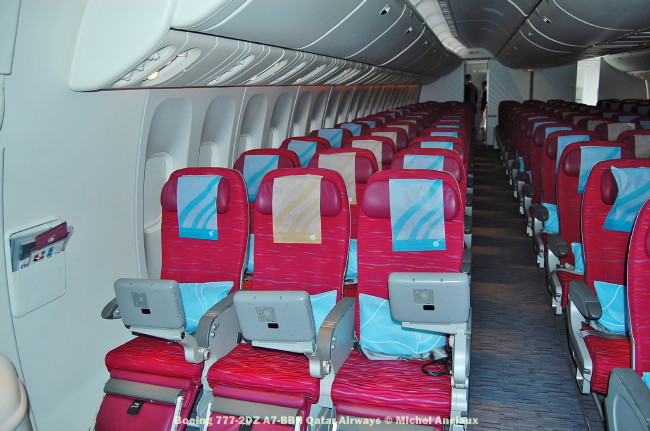
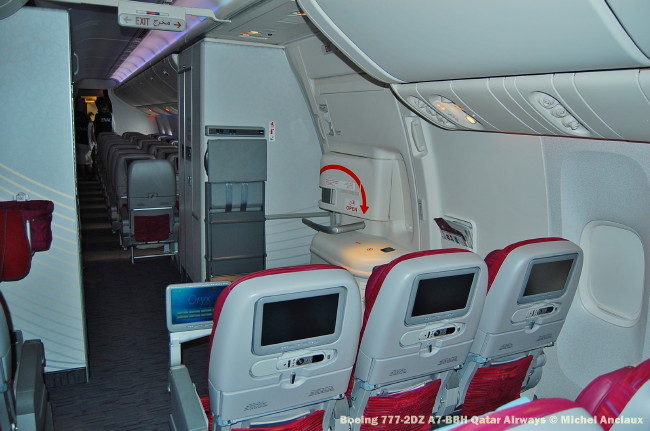


Para finalizar esta presentación tenemos el Boeing 787-8 quien voló por primera vez el 15 de diciembre de 2009. Este modelo puede transportar 210 a 250 pasajeros sobre una distancia de 14,167 a 15.186 kilómetros (7,650 a 8,200 millas náuticas). Está disponible en 3 versiones.

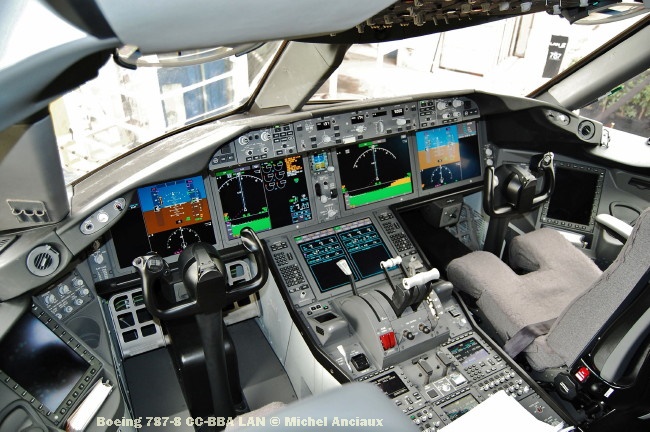


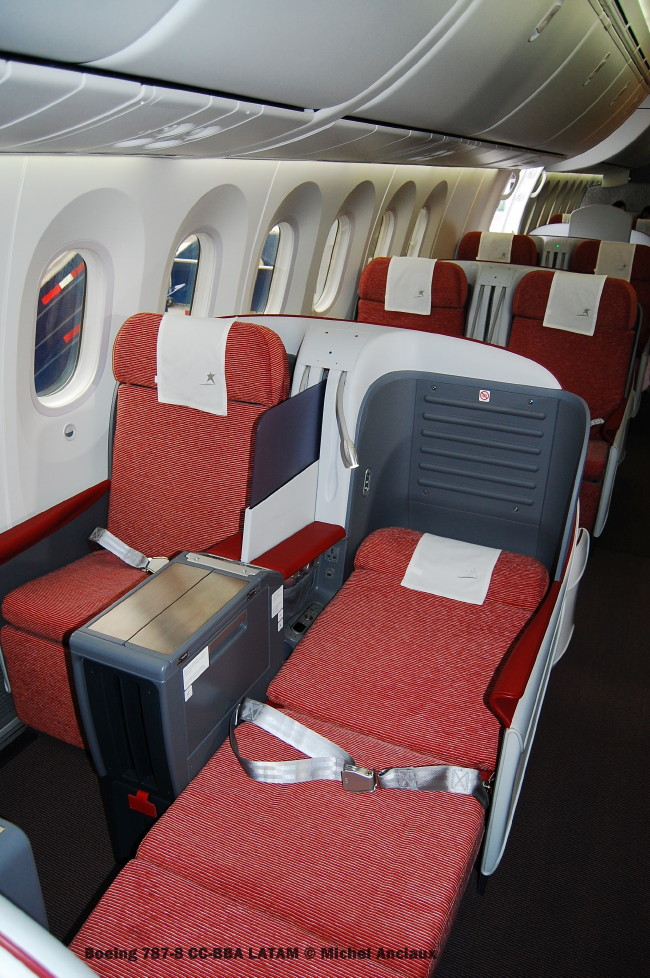





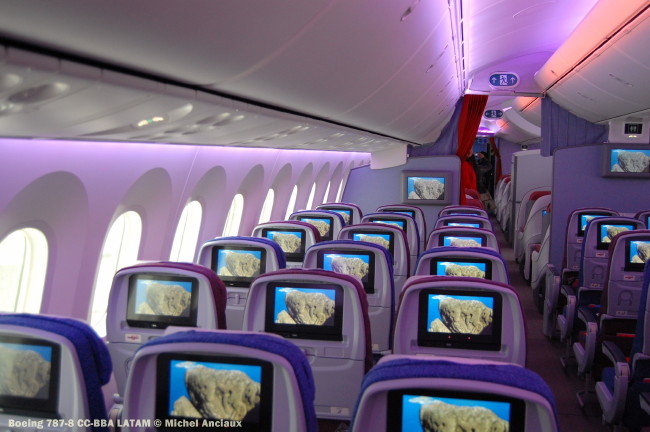





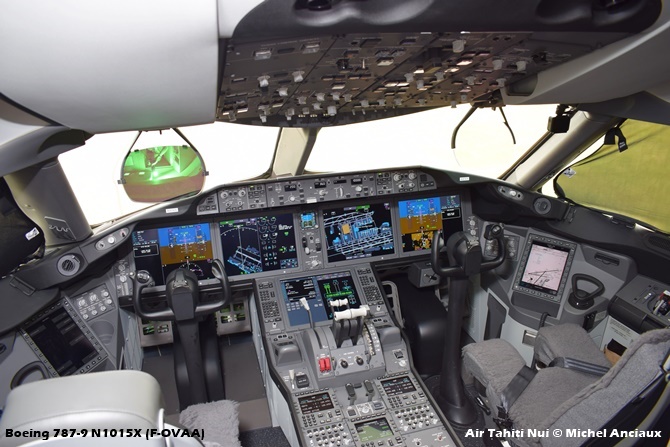

La compañía aérea Air Tahiti Nui hace un tributo al pintor francés Paul Gauguin presentando obras realizadas en sus últimos años, con residencia en Tahití e Islas Marquesas.
Mujeres de Tahití en Clase Ejecutiva.
En las tres cabinas Economy están las siguientes reproducciones:
Arearea (el perro rojo o Jocosidades I).
Nave Nave Moe (Primavera Sagrada).
Rupe Rupe (recolección de frutos).





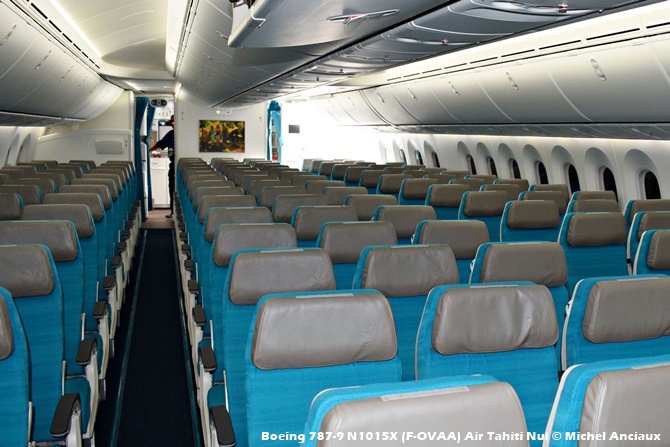

Michel Anciaux
This is the first of a series of pictures dedicated to the cockpits I took on my voyages and participations in Air shows and Open doors on Air Force bases.
We will start with Boeing and in the aircrafts I present we have the Boeing B-17G F-AZDX of the French National Geographic Institute. This aircraft came out of the Lockheed-Vega manufacture in Burbank, California in December 1944 and on March 1st, 1945, it was transferred to the RAF base at Polebrook, England being assigned to the 511 Sq. of the 351 bomber Gr. Due to the few month left before the victory of the allies, this bomber participated in only 6 missions above Germany, the last one being on April 20, 1945. After the war, it remained in England, being transferred to the 364 Sq. of Gr. 305 based in Charleston. In December 1954, it passed to the civil marked with registration F-BGSP for the IGN. It participated in the making of the movie “Memphis Belle” representing, on the left side, the B-17F “Mother and Country” 25703 DF-S and the “Pink Lady” 122960 G-DF on the right side. As from the 80s, it belongs to Forteresse Toujours Volante Association/ Association Jean Salis The Boeing B-29 N91329 is ex 45-21787, Navy BuNo 84029 “Fertile Myrtle” used between 1951 and 1956 by the Navy and the NACA (Forerunner of the NASA) as the launcher for the Douglas D-558-II Skyrocket. It participated also in the making of the movie “The last flight of Noah’s Ark” in 1980 and is part of the collection of the Fantasy of Flight Park in Florida. The Boeing C-97L Stratofreighter was originally a KC-97L Stratotanker and on sale to the civil market it was converted to a cargo aircraft for a company in Alaska. The Aero Spacelines AS-201 (B-377-SGT) Super Guppy has his origins in the Boeing 377 Stratocruiser and his military versions C-97 Stratofreighter and KC-97 Stratotanker. The Boeing KC-135 replaced the KC-97, of the same manufacture, as an inflight refuelling aircraft in the US Air Force. It is also used by France, Turkey, Singapore and Chile. The Boeing KC-135 allowed the development of the Boeing 707/720, different in certain points and the last version that came out of the production line was the Boeing E-3A Sentry airborne early warning and control (AEW&C) aircraft. Boeing entered the short and medium civil market with the 727, being the most produced aircraft in the decade of the 90s with 1831 of the 100 and 200 passenger, cargo mixt or freighter version build. In 1968 appeared his successor the Boeing 737 who as of march 2017, had 13954 orders and deliveries of the different models 737-100 to 737 MAX.
I invite you to a visit of a Boeing 727 in Executive version
We are in the years 77-79 and it is the Boeing 727 operating with the ITT Corporation.
We board through the back thanks to the built-in stair and first we have a cabin with capacity for 20 passengers in five rows of 2 x 2 seats.
At the back of this first section, you can see a bar – galley for in-flight service.
We continue on the right side towards a private compartment that is more a meeting or working room, with a desk.
Than we arrived at the front cabin that could be considered as the crew rest area, if at all possible, with five seats and 2 couches.
Based on the information available on the rzjets.net web page, N320HG was the last Boeing 727 of the 100 versions to be built.
It made its first flight on August 23, 1971 and was delivered to the ITT Corp. on November 3, the same year.
Boeing dominated the market of the long range aircrafts when in 1969 appeared his 747 wide body model. Based on the information given by Boeing, as from 31 march 2017, 1552 aircraft of the 747-100 to the 747-8 as delivered or are still on the production line. The Belgian airline SABENA operated the very last 747-300 produced, the OO-SGD with c/n 24837. This model was delivered on September 25th 1990 flying in colours of SABENA for 9 years.The Boeing 747 was the first of the so-called wide body to operate as from the 70s but its characteristic for these years was the double deck accommodating a first class lounge.
This innovation allowed the airlines to give their own identity in incorporating designs or works of national artists.
It is the case for the Belgian company SABENA that decorated the lounge of its two 747-100 with 2 paintings by the artist Medard Siegfried Tytgat.
The first named “Still Life with cat” was in the OO-SGA and the second one called “Still Life with doves” was in the SGB.
Now, in the company itself they were known much more by the denominations «the Flemish farm» for the SGA and the «Walloon farm» for the SGB for the following reasons.
In the “Still life with cat” or if you prefer the Flemish farm, the view is on a field in the Flemish country and the painting on the left represents the Belgian Ardennes. On one of the bottles is the indication “Tobaco” in Flemish.
For the second painting entitled “Still Life with doves” or the Walloon farm, the view is towards a farm-fortress in the Ardennes and the painting on the left represents the Damme canal that connects the Belgian city of Bruges with the Dutch city of Sluis (lock, gate) allowing access to the sea.
Three of the jars on the shelves are with the french names moutarde, sel and tabac ie mustard, salt and tobacco.
However, over the years and above all the market competitions, many airlines were forced to turn their lounges into a 16-passenger cabin, as we can see in the example of the 747SP of the South African Airways.
SABENA rented from Air France the F-BPVU that came with this configuration.
As you can see in the following article:
https://aviationrainbows.com/2017/05/08/algo-mas-que-la-simple-foto-de-un-avion-something-more-than-just-the-picture-of-an-aircraft/this aircraft is now part of the collections of the Air and Space Museum in Paris – le Bourget.
The Boeing 747SP is a modified version of the 747 intended for longer-range flights and distinguished by its short fuselage. It was developed based on a request from Pan American World Airways (Pan Am) and Iran Air that needed an aircraft capable of operating the routes between New York and the Middle East without altering its wide-body capabilities, with large passenger capacities.
The project was revealed to potential customers in 1974, the first aircraft being delivered in 1976 to the launch company Pan American World Airways (Pan Am).
The SP is designed with a vertical stabilization of 20.06 m, unlike the 19.3 m of the 747-100 / 200 in order to compensate for the lateral deviation due to the reduction in the length of the fuselage.
Depending on the cabin configuration but also on the airlines that operated it, the SP had capacity for 230 passengers in three classes (first, executive and economy), 331 in a 2-class configuration and up to 440 high-density seats with a single class .
The prototype, with registration N747SP made its first test flight on July 4, 1975 and was delivered to Pan American Airways on April 26, 1976 with registration N530PA.
A total of 45 models left the Boeing factory between 1976 and 1982 but the production line was rehabilitated in 1987, for only one 747SP-Z5 registered A6-ZSN received on December 9, 1989 by the Abu Dhabi Amiri Flight.
Below is the list of initial carriers: Pan Am (10), Iran Air (4), Braniff (3) CAAC (4), China Airlines (4) Korean Air Lines (2), Iraqi Airways (1), Qantas (2), Saudi Arabian Airlines (3), South African Airways (6), Syrianair (2), TWA (3) and Abu Dhabi Amiri Flight (1).
Over the years, most of these airplanes went to other airlines, among other Aerolineas Argentina, or as executive and government airplanes.
On February 19, 1985, this 747SP with registration N4522V operated China Airlines flight 006 from Chiang Kai-shek International Airport (now Taoyuan) in the city of Taiwan to Los Angeles in the USA carrying 274 people on board ( passengers and crew) when the aircraft tilted to the right, as a result of an engine 4 failure, and then initiating a steep descent from its cruise level of 41,000 feet (12,500 meters) with accelerations of up to about 5 G. The pilots managed to recover the plane at about 9,500 feet (3,000 meters) and made an emergency landing at the San Francisco airport, with two passengers injured and significant structural damage to the plane.
The 757 was designed as a replacement to the 727-200 but after 23 years of production and 1050 models delivered, the production was closed, some of the reasons being the capacities of the 737 so has the arrival of the new 787. The 767 type shares almost the same cockpit, allowing the same type rating for the 2 models but the 767 is a wide body with capacity for 200 up to 300 passengers. Between the different types available we have the military versions of inflight refuelling and the 767 AWACS. United Airline made the first commercial flight of the Boeing 777in June 1995. It has capacity for 300 to 386 passengers and brings innovations in aerodynamic, advance cockpit and cabin design. It comes in 6 versions. To terminate this presentation we have the Boeing 787-8 who flew for the first time on December 15, 2009. This model can caring 210 to 250 passengers on distance from 14,167 to 15,186 kilometres (7,650 to 8,200 NM). It comes in 3 versions.
The airline Air Tahiti Nui pays tribute to the French painter Paul Gauguin by presenting works made in his last years, residing in Tahiti and the Marquesas Islands.
Tahitian Women on the Beach in B/Cl
In the three Economy cabins are the following reproductions:
Arearea (The red dog or Joyousness I)
Nave Nave Moe (Sacred Spring: Sweet Dreams
Rupe Rupe (Fruit Gathering)


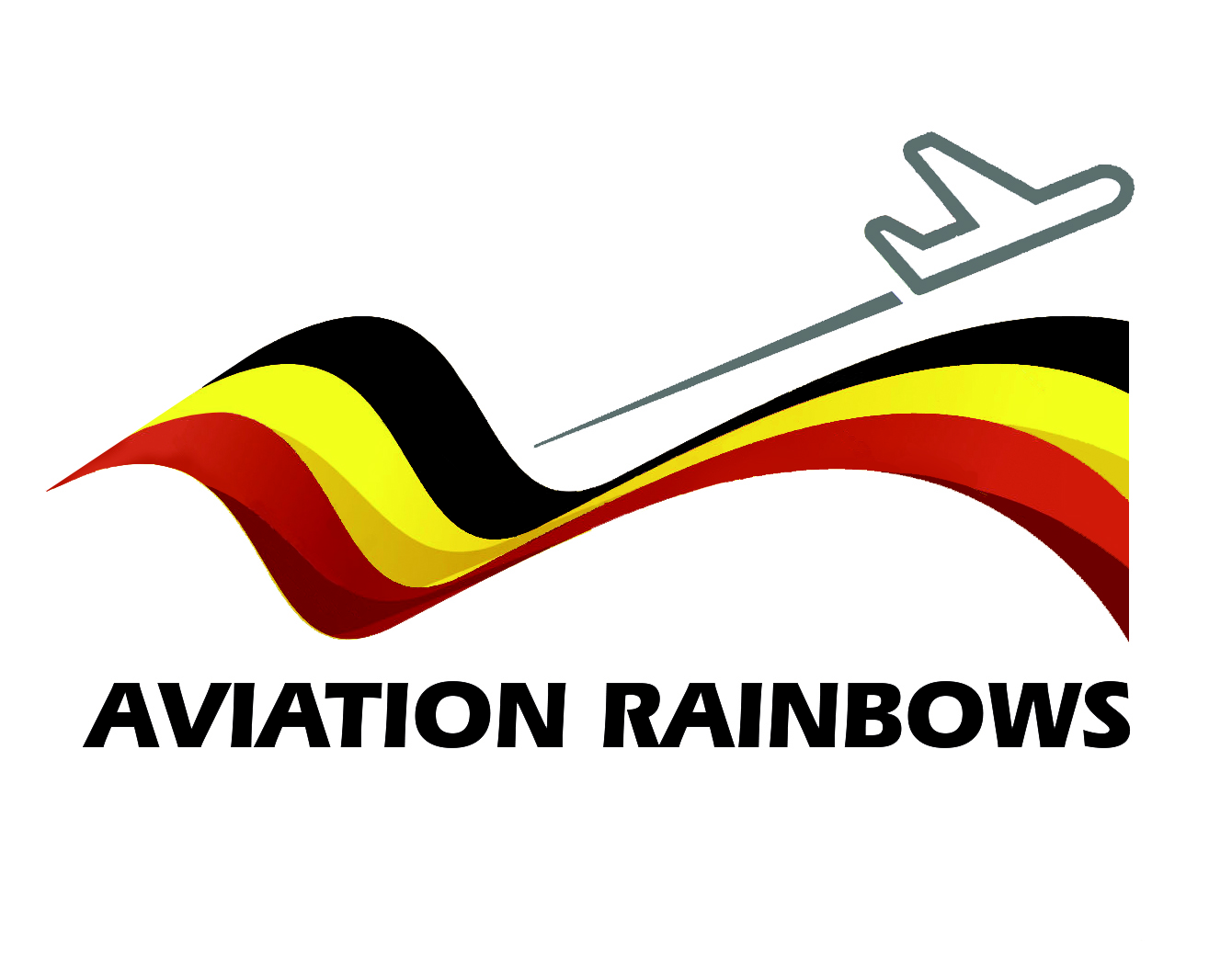
Excelente documentación. Felicitaciones amigo Michel
Me gustaMe gusta
Excelente y muy completa información.-
Felicitaciones por el trabajo realizado.-
Me gustaMe gusta
Un muy buen paseo por la historia. Gracias Michel
Me gustaMe gusta
Muy interesante Michel, gracias por tu constante dedicación en el tema que más nos gusta, la aeronáutica.
Me gustaMe gusta